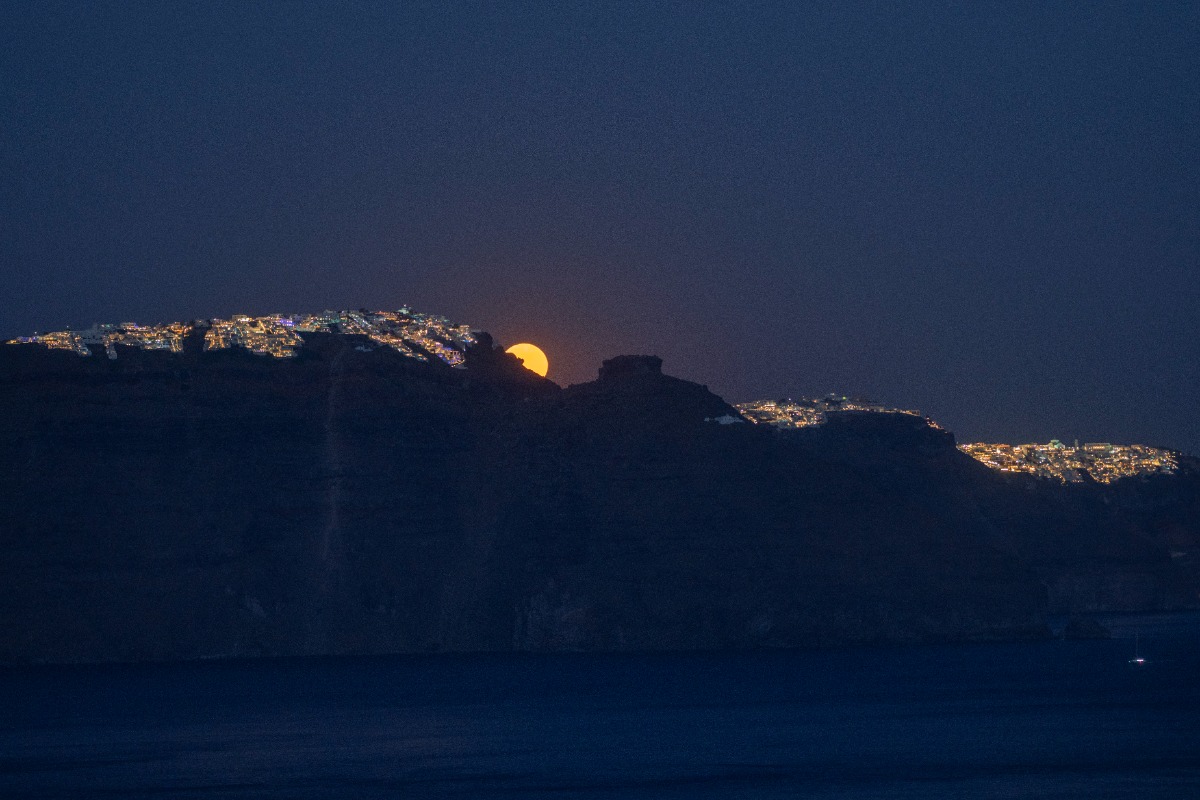
Hundreds of earthquakes have struck the region between Santorini and Amorgos over the past 48 hours, putting Greek authorities and emergency services on high alert and raising concerns among residents. Some have chosen to leave the island, while others spent Sunday night sleeping in their cars. Despite the tremors, authorities stress that Santorini remains safe and that all measures are precautionary.
Several of these tremors have exceeded 4.0 on the Richter scale, with the strongest quake measuring 4.7 on Sunday evening at 7:45 PM, preceded by a 4.5-magnitude tremor just four minutes earlier.
At 1:54 AM on Monday, a 4.4-magnitude earthquake struck 23 km south-southwest of Arkesini, Amorgos, approximately 234 km southeast of Athens, near Santorini, according to the Geodynamic Institute of the National Observatory of Athens. Shortly after 6:00 AM, another 3.4-magnitude tremor was recorded 5 km north of Megalochori, Santorini.
The seismic activity is not limited to Santorini—Ios was hit by 4.0 and 4.5-magnitude quakes overnight, while Amorgos experienced two 4.2-magnitude quakes on Monday morning.
As the tremors continue, many residents, workers, and visitors are leaving Santorini by ferry or plane, fearing a stronger earthquake, while others spent the night in their cars.
Decisions from the Prime Minister’s Emergency Meeting on the Earthquakes
On Sunday evening, Greek Prime Minister Kyriakos Mitsotakis held an emergency meeting at Maximos Mansion, which lasted several hours. A scientific team briefed all attendees, and Minister of Climate Crisis and Civil Protection Vasilis Kikilias announced that continuous updates would be provided.
“The measures taken so far are precautionary,” Kikilias stated, urging citizens to follow expert recommendations and emphasizing that preparedness and organization are in place on the ground.
“The experts have spoken publicly,” Kikilias added. “Since a specialized committee and designated scientists are handling this issue, I strongly urge everyone to rely on accurate and verified information from these professionals.”
The meeting was attended by Prime Minister Mitsotakis, Minister of Civil Protection Kikilias, Chief of the Hellenic National Defense General Staff (GEETHA) Dimitris Choupis, Thanasis Ganas of the Geodynamic Institute, Professor of Natural Disasters Kostas Synolakis, and South Aegean Regional Governor Giorgos Hatzimarkos.
Officials assessed all possible scenarios, including worst-case outcomes. Seismologists Papazachos and Papadopoulos acknowledged the possibility of a strong earthquake.
A key concern was whether a large earthquake could trigger activity in Santorini’s volcano. In an even more extreme scenario, officials reviewed protocols for a tsunami following a major earthquake. However, scientists emphasize that the quakes are tectonic and not linked to volcanic activity.
Areas at Risk of Landslides
OASP President and Professor of Disaster Management Efthymios Lekkas conducted an on-site inspection in Santorini on Sunday.
He identified five high-risk areas for landslides, confirming that the recent seismic activity is unrelated to the Santorini caldera or the nearby Kolumbo underwater volcano.
Lekkas attributed the tremors to the Amorgos Fault and did not rule out the possibility of a 5.0–5.5 magnitude earthquake, though not exceeding 6.0.
During Sunday morning’s earthquake, a rock mass collapsed at the lower part of the Old Port, near the cable car station, damaging a protective canopy. More unstable rock formations were identified in the same area, and authorities are planning preventive measures to reduce risks.
The five areas most at risk of landslides are Athinios, Old Port (Palaia Limani), Ammoudi, Armeni, and Korfos. Experts are analyzing the stability of these locations to recommend safety measures in the coming days.
How Long Will the Seismic Activity Last?
Professor Efthymios Lekkas told MEGA TV that the seismic activity “could last several days, weeks, or even months. We cannot predict the exact duration of this phenomenon, so we must always prepare for the worst-case scenario, even if the chances of it happening are low.”
Regarding fears of a volcanic eruption, he dismissed the possibility:
“Absolutely not. There may be some seismo-volcanic activity, meaning the volcano could show signs of awakening, but there is no chance of an eruption.”
He also reassured residents, emphasizing that Santorini remains safe despite the ongoing tremors.
Emergency Measures Taken – Schools Closed in Four Islands
Authorities have implemented emergency measures due to the risk of a stronger earthquake, including the closure of all schools in Santorini, Anafi, Ios, and Amorgos on Monday, avoidance of large indoor gatherings, evacuation from abandoned or structurally weak buildings, restricted access to ports (Ammoudi, Armeni, Korfos, Old Port of Fira), use of safe routes in urban and rural road networks due to landslide risks, draining of pools, and caution near coastal areas in case of tidal activity.
A Civil Protection map inside the Santorini municipal building identifies eight designated emergency assembly zones for residents and tourists.
While the initial fear was that the volcano was reactivating, scientists insist that this is not the case. The seismic activity is linked to a fault line between Amorgos and Santorini and not to volcanic movements.
Emergency Response Teams on Standby
The Greek EMAK emergency rescue team has set up temporary tents outside Santorini’s indoor stadium to provide emergency shelter and assistance as a precautionary measure due to the intensified seismic activity in recent days.
Meanwhile, a team of doctors, nurses, and experienced rescue personnel—all with earthquake response expertise—has been urgently deployed to Santorini as part of the precautionary measures.
Source: tovima.com
Latest News

German Ambassador to Greece Talks Ukraine, Rise of Far Right & Tariffs at Delphi Economic Forum X
Commenting on the political developments in his country, the German Ambassador stressed that it was clear the rapid formation of a new government was imperative, as the expectations across Europe showed.
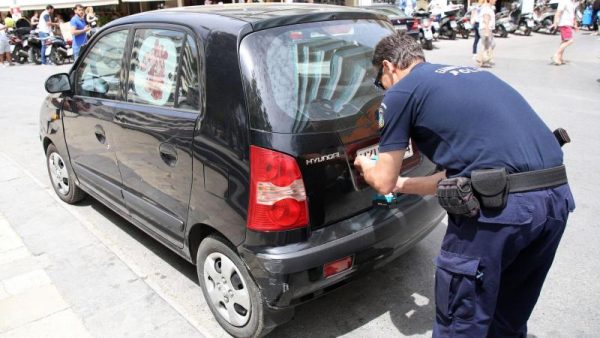
Athens to Return Confiscated License Plates Ahead of Easter Holiday
Cases involving court orders will also be excluded from this measure.
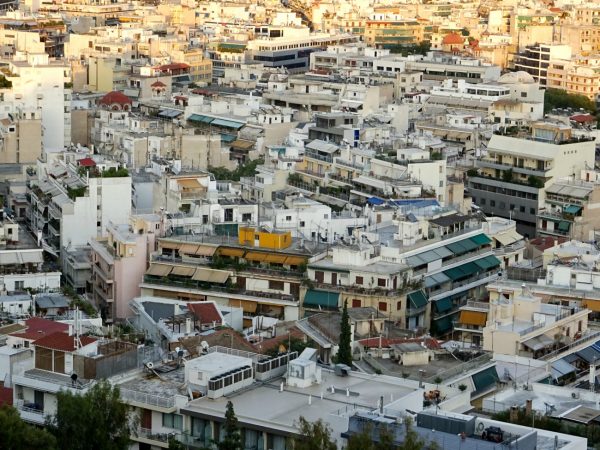
Servicers: How More Properties Could Enter the Greek Market
Buying or renting a home is out of reach for many in Greece. Servicers propose faster processes and incentives to boost property supply and ease the housing crisis.

Greek Easter 2025: Price Hikes on Lamb, Eggs & Sweets
According to the Greek Consumers’ Institute, hosting an Easter dinner for eight now costs approximately €361.95 — an increase of €11 compared to 2024.

FM Gerapetritis Calls for Unified EU Response to Global Crises at EU Council
"Europe is navigating through unprecedented crises — wars, humanitarian disasters, climate emergencies," he stated.

Holy Week Store Hours in Greece
Retail stores across Greece are now operating on extended holiday hours for Holy Week, following their Sunday opening on April 13. The move aims to accommodate consumers ahead of Easter, but merchants remain cautious amid sluggish market activity.

Green Getaway Ideas for Easter 2025 in Greece
Celebrate Easter 2025 in Greece the sustainable way with eco-farms, car-free islands, and family-friendly getaways rooted in nature and tradition.

Civil Protection Minister Details Summer Firefighting Plans at Delphi Forum
At the 10th Delphi Economic Forum, Minister of Climate Crisis and Civil Protection Yiannis Kefalogiannis discussed Greece's plans for the upcoming fire season.

How Shops and Markets Will Operate During Easter Holy Week
The Easter holiday schedule has been in effect since April 10, with retail stores open Palm Sunday, and most supermarkets also operating to meet consumer demand for Easter shopping
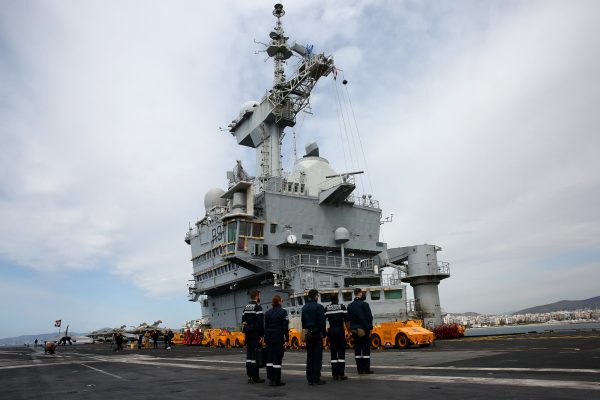
Why Is the French Aircraft Carrier Charles De Gaulle in Piraeus?
Docking in Piraeus after a four-month deployment in the Indo-Pacific region, the admiral of the aircraft carrier the Charles de Gaulle says, "Greece is our best partner in the Mediterranean."



























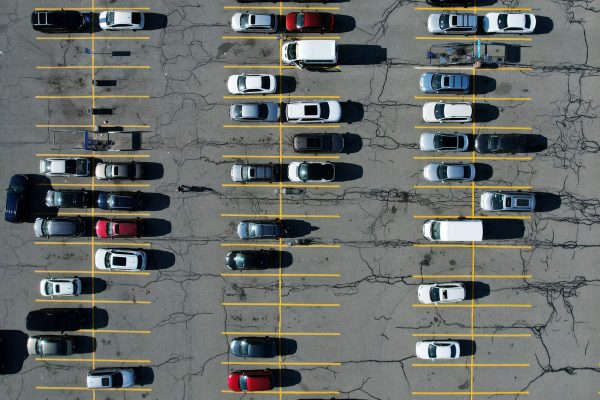




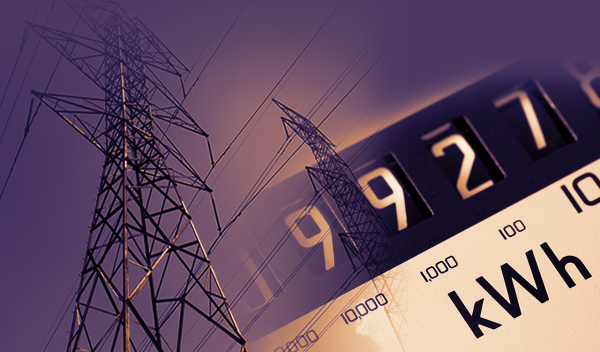
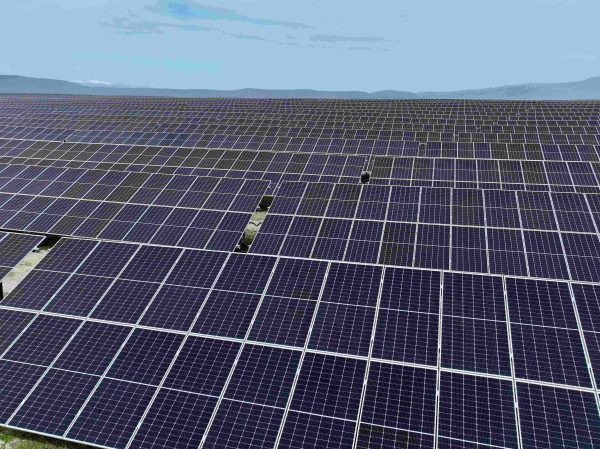
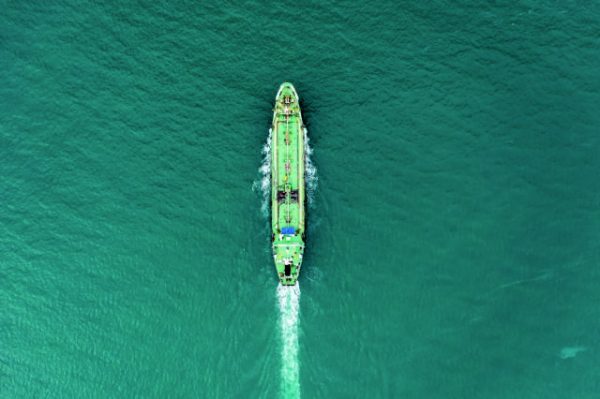

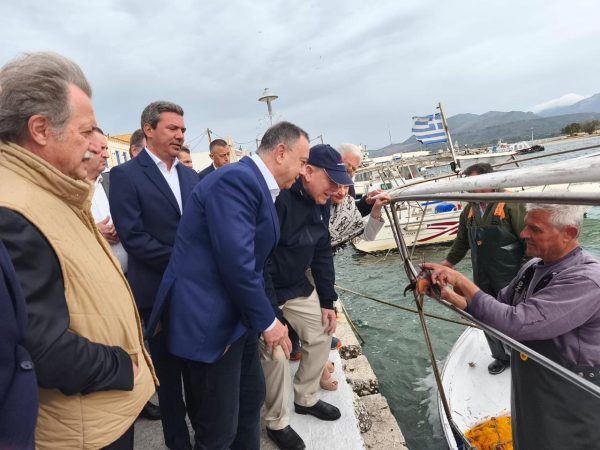




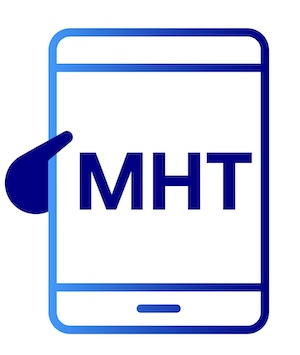 Αριθμός Πιστοποίησης
Αριθμός Πιστοποίησης